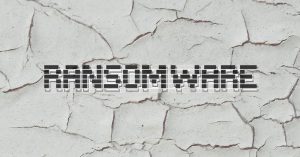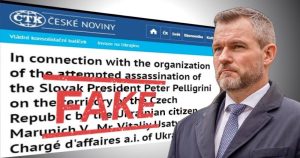WE HELP WITH PROTECTING AND RECOVERING IMPORTANT DATA
At Galileo Systems Group, our mission is to provide best-in-class managed IT and Cybersecurity solutions to small-medium sized businesses. Our dedication to people drives everything we do. When you work with us, you become an extension of our own business.
At Galileo, we understand that IT and Cybersecurity has its challenges, but we have the solutions.
Simplify
Simplify your understanding of IT needs so you can better plan the future of your business.
Secure
Secure your environment from internal and external threats.
Streamline
Streamline your IT and Cybersecurity so that you can focus your attention on other aspects of your business.
We Understand Your Concerns
At Galileo, we’ve DEDICATED our professional life to understanding your business concerns, including compliance, security and SCALABILITY. Everything we do is catered toward serving your specific needs!
We’ll HELP YOU update and maintain your computers, migrate your data to a secure cloud solution, manage software updates, and enforce patch management.
We offer a number of security solutions that will keep you and your clients safe. We’ll PROTECT your accounts, your computers, and effectively MANAGE your data so you will never be without!
Mitigate Risk
Mitigate risk from internal and external threats by applying the most advanced cybersecurity tools and best practices.
Compliance
Ensure that you and your systems are meeting compliance standards (HIPAA, ISO/IEC 27001, PCI).
Recovery
If disaster does strike, know that you will have a well developed business continuity and disaster recovery plan to keep your business running.
Our leadership team has extensive security expertise

CHUCK MALOTT
I am the founder of Galileo Systems Group. As a fellow business owner and entrepreneur, I understand what it takes to run and grow a business. When Galileo was formed over 20 years ago our focus was on helping companies leverage technology to grow more rapidly. In today’s world we have expanded our focus to defending entrepreneurs from those that would destroy, with a keyboard and a mouse, what you have worked so hard to create. We use a combination of security training, tools and technology to mitigate external and internal threats as well as to recover from a cyberattack. Schedule a consultation today and we will work hard to protect your business and earn your trust.

LANCE GIBB
As a 30+ year veteran of the tech industry, I’ve been involved in all levels of small/medium sized business IT. From manning the phones at the support desk, to engineering cyber security solutions, I’m intimately familiar with how to deploy solutions that ensure data security, reduce down time, and improve productivity.
Our focus on designing and implementing solutions goes beyond the technical, however. We want to establish a relationship with our customers, to become a trusted partner and not just a “help desk”. We take the time to understand your business, what your pain points are, and how we can manage IT to keep you productive and secure.

DAN DOERR
I joined Galileo Systems Group after serving nearly a decade in the U.S. Army. I’m proud to say that I also hold a Master’s Degree focusing on International Security from the Josef Korbel School of International Studies, at the University of Denver. In Afghanistan, I learned first hand how to improve security through offensive and defensive operations, presence patrols, and constantly improving base defenses. I now take that knowledge and apply it to protecting small-medium sized businesses like yours. Truth be told, many of the concepts are the same. Your business must be protected from internal and external threats, and there are numerous ways to do so. It would be an honor to discuss with you the ways in which we can partner to keep your business safe!
WHAT PEOPLE ARE SAYING
We look forward to partnering with you!
News & Updates
“Junk gun” ransomware: the cheap new threat to small businesses
A wave of cheap, crude, amateurish ransomware has been spotted on the dark web - and although it may not make as many headlines as LockBit, Rhysida, and BlackSuit, it still presents a serious threat to organizations.
Read more in my article on the Tripwire State of Security blog.
Hacker posts fake news story about Ukrainians trying to kill Slovak President
Czech news agency ČTK announced on Tuesday that a hacker had managed to break into its systems and published fake news reports of a plot to murder the president of a neighbouring country.
Read more in my article on the Hot for Security blog.
Smashing Security podcast #369: Keeping the lights on after a ransomware attack
Leicester City Council suffers a crippling ransomware attack, and a massive data breach, but is it out of the dark yet? And as election fever hits India we take a close eye at deepfakery.
All this and more is discussed in the latest edition of the "Smashing Security" podcast by cybersecurity veterans Graham Cluley and Carole Theriault.



